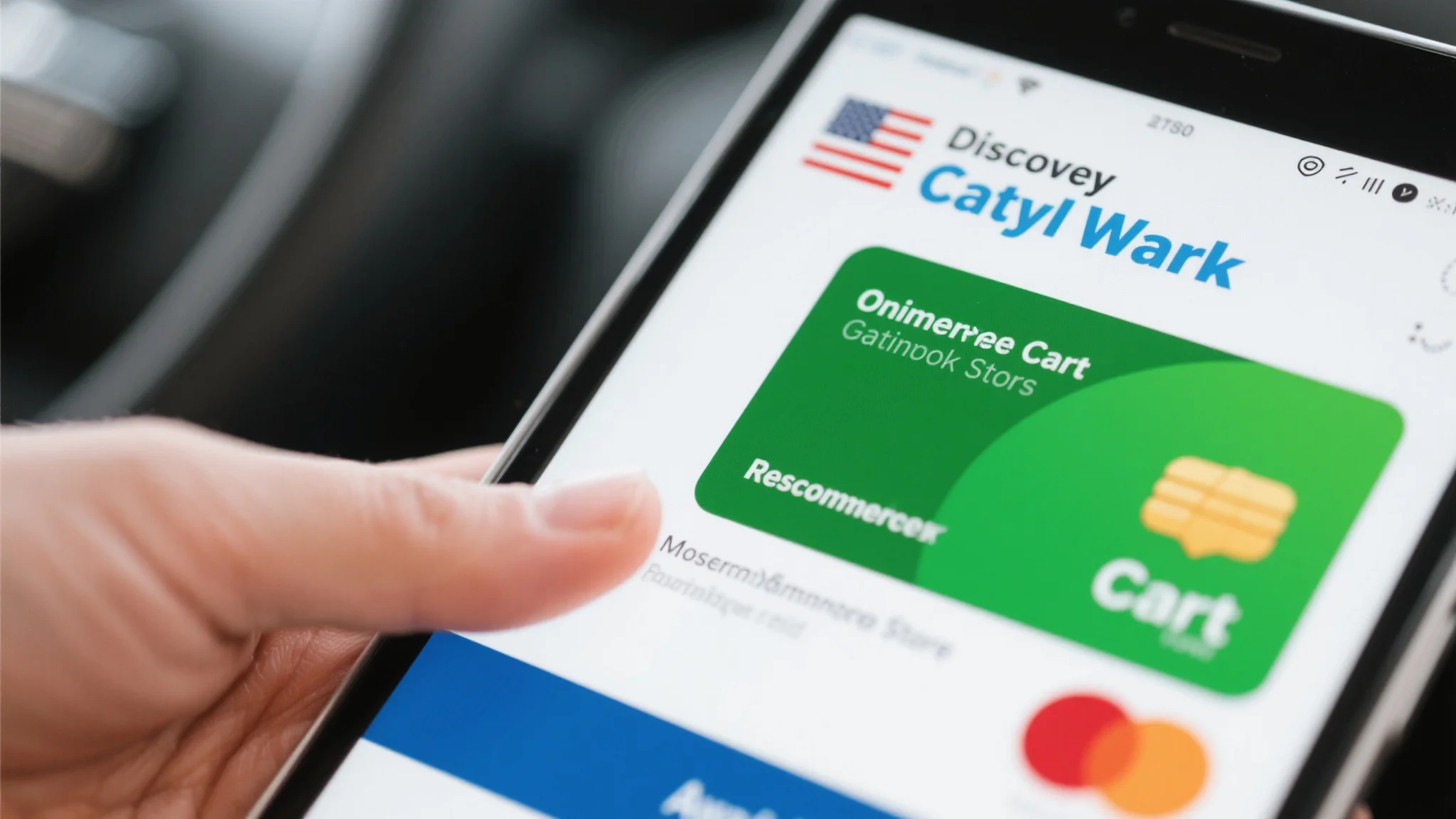In today’s competitive market, businesses and individuals often face uncertainties that can jeopardize their plans. Legal pre-settlement funding offers a game-changer by providing a financial safety net without the burden of debt. This article guides you through the process of applying for legal pre-settlement funding, helping you secure the necessary funds while safeguarding your financial future.

Legal Pre-Settlement Funding, No Financial Risk, Funding Options, Business Planning, Legal Disputes
Understanding Legal Pre-Settlement Funding and Its Benefits
Introduction to Legal Pre-Settlement Funding
In the world of law, pre-settlement funding is a unique financial tool designed to assist parties in legal disputes by providing a cash advance. Unlike traditional legal fees, this funding doesn,’t require you to pay it back if you settle out of court. Instead, it’s considered a loan that you can use to cover your expenses during the dispute resolution process. This funding is particularly beneficial for businesses and individuals who need immediate financial relief without the risk of personal liability.
Why Legal Pre-Settlement Funding is Risk-Free
One of the biggest concerns people have about funding is the risk of financial loss. However, legal pre-settlement funding is structured in a way that protects both the borrower and the lender. Since the funds are used to cover legitimate legal expenses, there’s no chance of default. This makes it an ideal solution for those who need a safety net without compromising their financial stability.
How Legal Pre-Settlement Funding Works
The process of applying for legal pre-settlement funding typically involves a few key steps. First, you’ll need to evaluate the situation and determine the amount of funding you need. Next, you’ll complete an application, which may include financial statements and a detailed plan of how you’ll use the funds. Once approved, the funds are released, and you can begin using them to cover your expenses.
The Benefits of Using Legal Pre-Settlement Funding
Immediate Relief: You can use the funds to cover immediate legal and financial needs, such as paying for medical expenses or legal fees.
No Recourse: Unlike traditional loans, there’s no risk of being personally liable for the funds if the case goes to trial.
Flexible Use: The funds can be used for a variety of purposes, including paying for settlements, managing cash flow, or even hiring additional help.
Repayment Terms: Once the case is resolved, you may have the option to repay the funds, but there’s no obligation to do so unless you choose to.
Addressing Concerns: Is Legal Pre-Settlement Funding a Good Use of Money?
A common concern is whether legal pre-settlement funding is a good use of money. After all, it’s designed to provide financial relief, but it’s important to use it wisely. If you have the financial means to do so, using pre-settlement funding to cover out-of-pocket expenses can help you avoid the stress of legal disputes. Additionally, if the case settles quickly, you may not need to use the funds at all, further reducing any risks.
How to Apply for Legal Pre-Settlement Funding: A Step-by Die Guide
Evaluating Your Financial Situation
Before applying for legal pre-settlement funding, it’s essential to assess your financial situation. Determine how much funding you need and how you’ll use it. If you’re facing a legal dispute, you’ll need to use the funds to cover expenses such as court fees, medical bills, or lost wages. If you’re using it to secure a loan or purchase equipment, you’ll need to ensure that the funds are necessary and will help you achieve your goals.
Completing the Application Process
The application process for legal pre-settlement funding is straightforward. Most funding providers will require you to complete a form that outlines your financial situation, the amount of funding you need, and how you’ll use it. Some providers may also require a detailed plan of action, including a timeline for resolving the dispute and a list of expenses.
Negotiating Terms with Your Funding Provider
Once your application is approved, you’ll need to negotiate terms with your funding provider. This may include discussing the repayment terms, the interest rate, and any conditions attached to the funding. It’s important to be clear and concise in your communication to ensure that both parties are on the same page.
Using the Funds Effectively
Once you’ve received the funding, it’s crucial to use it effectively. If you’re using the funds to cover legal expenses, make sure that you’re using them for legitimate purposes. If you’re using the funds to secure a loan or purchase equipment, ensure that the funds are necessary and will help you achieve your goals.
Repaying Your Funds
The repayment terms for legal pre-settlement funding can vary, so it’s important to understand them before you commit to the funding. Some providers may allow you to repay the funds once the case is resolved, while others may require you to repay the full amount. In some cases, you may be able to request a write-off if the case is deemed unsuccessful.
Avoiding Common Pitfalls
One of the biggest mistakes people make when applying for legal pre-set,ettlement funding is not doing their homework. It’s important to research funding providers thoroughly and read the terms and conditions carefully. Another common mistake is failing to provide accurate financial information, which can lead to the funding being revoked. Make sure to double-check all documents before submitting your application.
Legal pre-settlement funding is a powerful tool that can help you navigate the complexities of legal disputes with ease. By providing a cash advance that you can use to cover legitimate expenses, it offers a level of financial security that you can’t get with traditional legal fees. Whether you’re a small business owner, an individual facing a legal dispute, or someone who needs a safety net, legal pre-settlement funding can be an invaluable resource. With careful planning and execution, you can use it to achieve your goals without taking on unnecessary financial risk.



